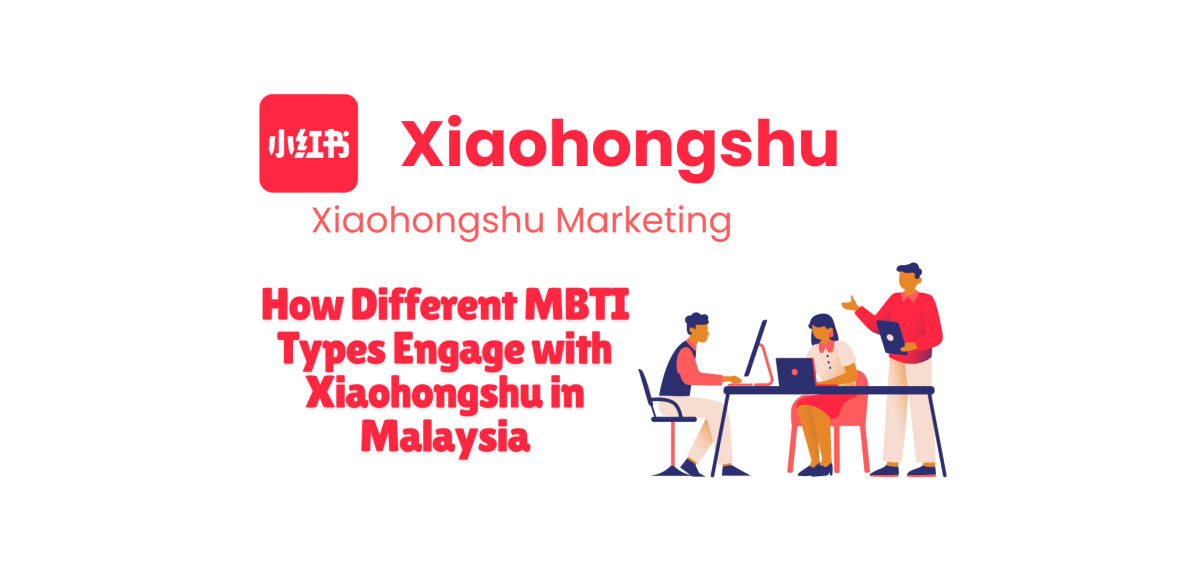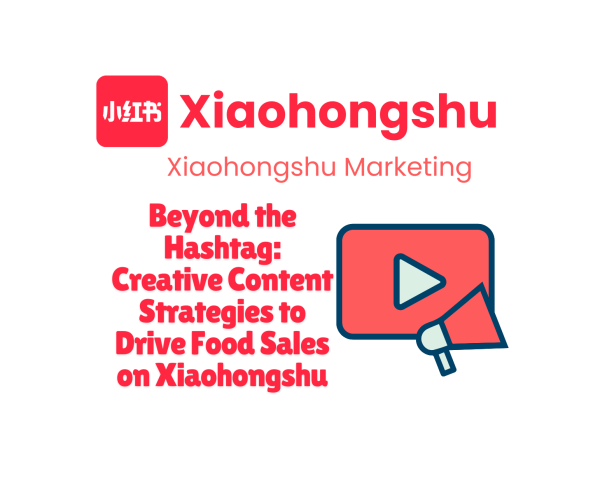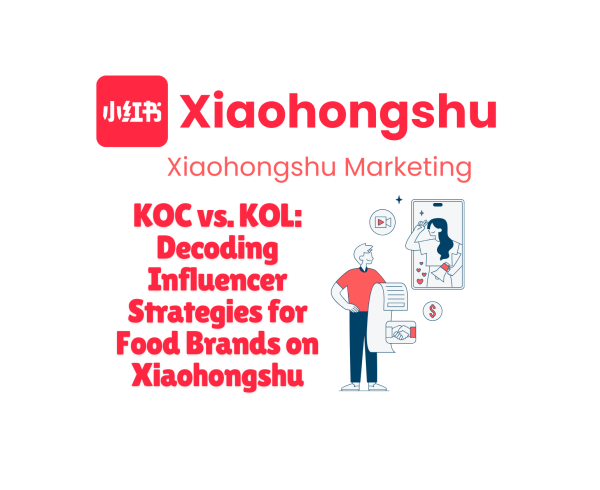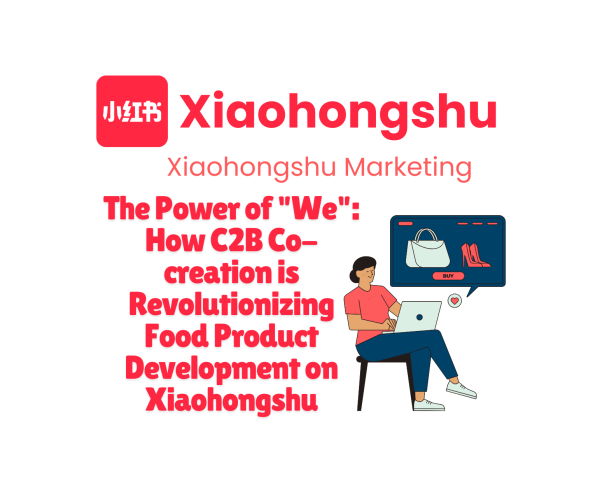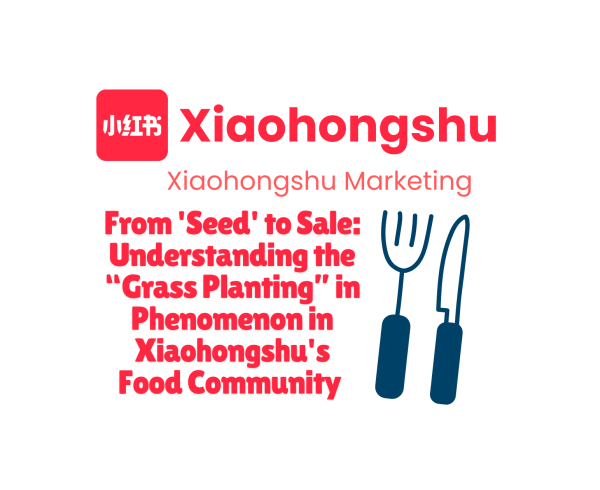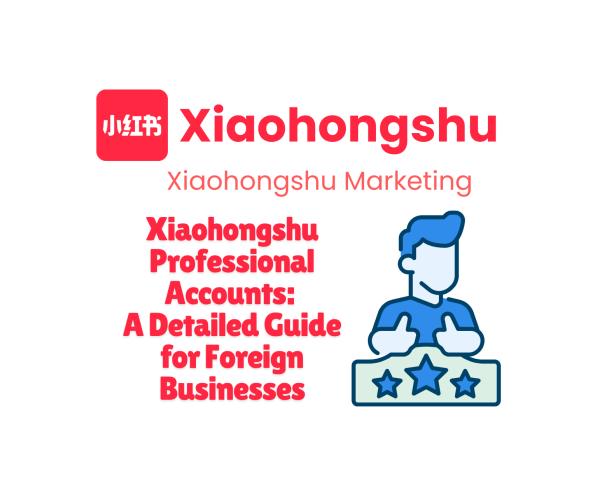In recent years, a unique social commerce platform has taken China by storm and is now making waves in Southeast Asian markets, including Malaysia. This platform is Xiaohongshu, or “Little Red Book,” and its impact extends far beyond simple e-commerce. From influencing purchase decisions to shaping travel choices, Xiaohongshu has become a digital powerhouse that’s reshaping the online ecosystem, with implications for Malaysian consumers and businesses alike.
As Xiaohongshu (Little Red Book) continues to gain popularity in Malaysia, understanding how different personality types interact with the platform can provide valuable insights for both marketers and users. This article explores the relationship between Myers-Briggs Type Indicator (MBTI) personality types and Xiaohongshu usage patterns among Malaysian users, offering a unique perspective on user engagement.
MBTI and Social Media Usage
The Myers-Briggs Type Indicator categorizes personalities into 16 types based on four dimensions:
- Extraversion (E) vs. Introversion (I)
- Sensing (S) vs. Intuition (N)
- Thinking (T) vs. Feeling (F)
- Judging (J) vs. Perceiving (P)
Understanding how these personality types interact with social media platforms like Xiaohongshu can help tailor content and features to different user preferences.
Key Findings from Malaysian Research
A study conducted by researchers at Universiti Tunku Abdul Rahman examined how different MBTI types among Malaysian young adults (aged 18-26) interact with Xiaohongshu. Some key findings include:
- Broad Appeal: Surprisingly, there were few significant differences in how various MBTI types perceived and were influenced by Xiaohongshu content.
- Visual Preference: Across all personality types, users overwhelmingly preferred picture-based content, followed by videos and then text.
- Nature Attraction: Natural scenery was the most popular type of tourist attraction across all MBTI types.
- Subtle Distinctions: While overall trends were similar, some nuanced differences emerged between personality types.
MBTI Types and Xiaohongshu Usage in Malaysia
Let’s explore how different MBTI dimensions might influence Xiaohongshu usage among Malaysian users:
Extraversion (E) vs. Introversion (I)
– Extraverts (E):
– More likely to actively engage with content through comments and shares
– Showed a slightly higher tendency to find Xiaohongshu content emotionally engaging
– May be more drawn to social features and group activities on the platform
– Introverts (I):
– Tend to browse content more passively
– May prefer more in-depth, detailed reviews
– Likely to appreciate the ability to research products and experiences thoroughly before making decisions
Sensing (S) vs. Intuition (N)
– Sensing (S) Types:
– Drawn to practical, detailed content about products and experiences
– Appreciate clear, step-by-step guides and concrete information
– May prefer content focused on immediate, tangible benefits
– Intuition (N) Types:
– More attracted to content that explores possibilities and future trends
– May engage more with creative or innovative product uses
– Likely to appreciate content that connects ideas or shows the bigger picture
Thinking (T) vs. Feeling (F)
– Thinking (T) Types:
– Slightly more critical of information source credibility
– Likely to appreciate logical, fact-based reviews and comparisons
– May engage more with content that provides objective analysis
– Feeling (F) Types:
– More likely to be influenced by emotional appeals in content
– Appreciate reviews that discuss how products or experiences made users feel
– May engage more with content that emphasizes personal values or social impact
Judging (J) vs. Perceiving (P)
– Judging (J) Types:
– Prefer structured content and clear categories
– May use Xiaohongshu for focused, goal-oriented shopping or travel planning
– Likely to appreciate features that help organize saved content
– Perceiving (P) Types:
– Reported slightly higher perceived usefulness of Xiaohongshu content
– Enjoy browsing and discovering new content serendipitously
– May be more open to spontaneous purchases or travel ideas
Implications for Malaysian Marketers and Content Creators
Understanding these MBTI-related tendencies can help businesses and influencers tailor their Xiaohongshu strategies:
- Diverse Content Styles: Create a mix of content types to appeal to different personalities. For example, combine detailed, fact-based reviews (for Thinking types) with emotional, experience-focused content (for Feeling types).
- Visual Emphasis: Given the universal preference for visual content, invest in high-quality images and videos regardless of target personality type.
- Nature and Scenery: Capitalize on the broad appeal of natural scenery in travel-related content.
- Organizational Tools: Develop features that allow Judging types to categorize and organize content, while maintaining an exploratory interface for Perceiving types.
- Engagement Strategies: Design activities that appeal to Extraverts (e.g., group challenges) while also providing spaces for Introverts to engage more passively.
- Credibility Signals: To appeal to Thinking types, emphasize source credibility and provide objective data where possible.
Case Study: Malaysian Beauty Brand on Xiaohongshu
Let’s consider a hypothetical case study of a Malaysian beauty brand, “Tropical Bliss,” using MBTI insights to tailor its Xiaohongshu strategy:
Tropical Bliss created a series of product showcases on Xiaohongshu, each tailored to different MBTI preferences:
– For Sensing types: Detailed, step-by-step skincare routines with clear before-and-after results.
– For Intuition types: Content exploring the brand’s sustainability initiatives and future product innovations.
– For Thinking types: Comparison charts and scientific explanations of key ingredients.
– For Feeling types: User testimonials focusing on personal transformations and improved confidence.
The brand also created an interactive skincare quiz that recommended products based on both skin type and personality preferences. This approach resulted in higher engagement across different MBTI types and increased sales as users felt the content and recommendations were personalised to their needs.
Conclusion
While the study found more similarities than differences in how MBTI types engage with Xiaohongshu, understanding these subtle distinctions can help create more engaging and effective content strategies. For Malaysian businesses and content creators, this means:
- Focusing on high-quality visual content, which appeals across personality types
- Creating diverse content that caters to different information processing and decision-making styles
- Emphasizing authenticity and credibility to appeal to more critical users
- Developing features that allow for both structured organization and serendipitous discovery
By considering personality differences in their Xiaohongshu strategies, Malaysian brands and influencers can create more resonant content, fostering deeper connections with their audience and driving more effective engagement on the platform.
As Xiaohongshu continues to grow in Malaysia, those who can skillfully cater to diverse personality types while maintaining a cohesive brand identity will be best positioned to succeed in this dynamic social commerce landscape.

